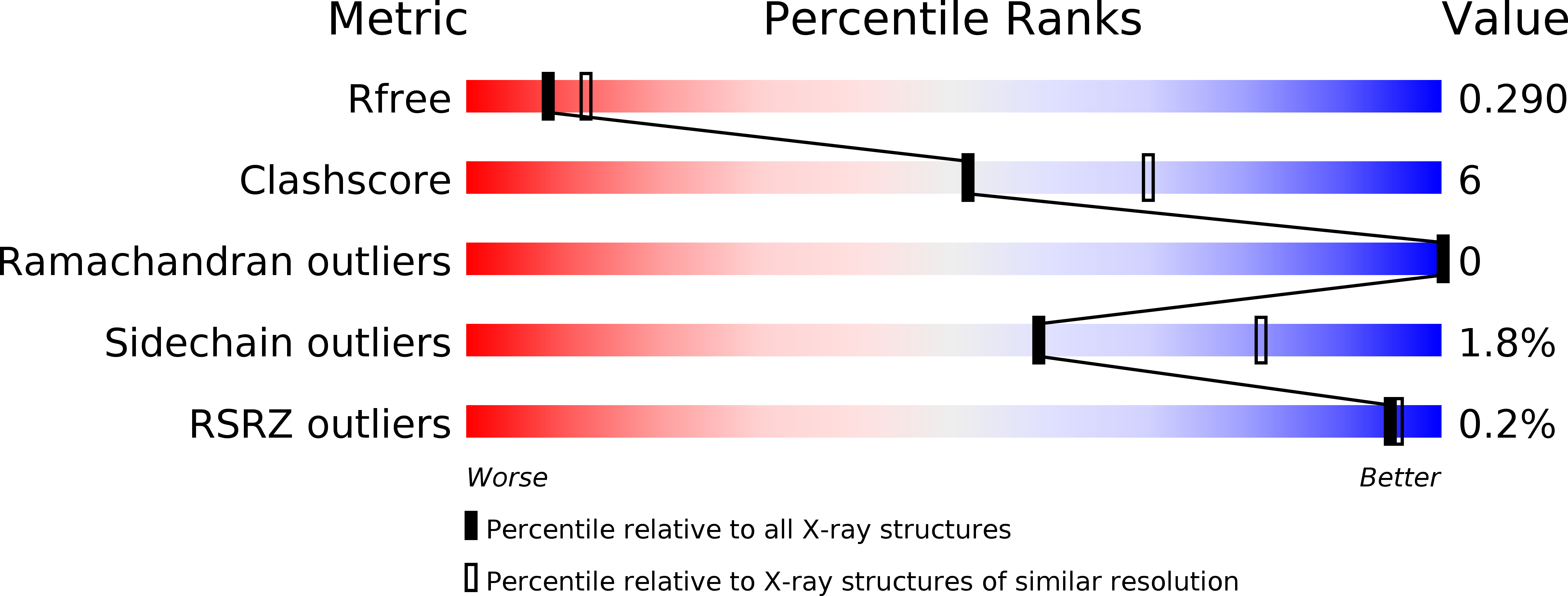
Deposition Date
2012-10-31
Release Date
2013-04-17
Last Version Date
2024-02-28
Entry Detail
Biological Source:
Source Organism:
Synechococcus elongatus (Taxon ID: 269084)
Host Organism:
Method Details:
Experimental Method:
Resolution:
2.51 Å
R-Value Free:
0.29
R-Value Work:
0.25
R-Value Observed:
0.25
Space Group:
P 21 21 2


